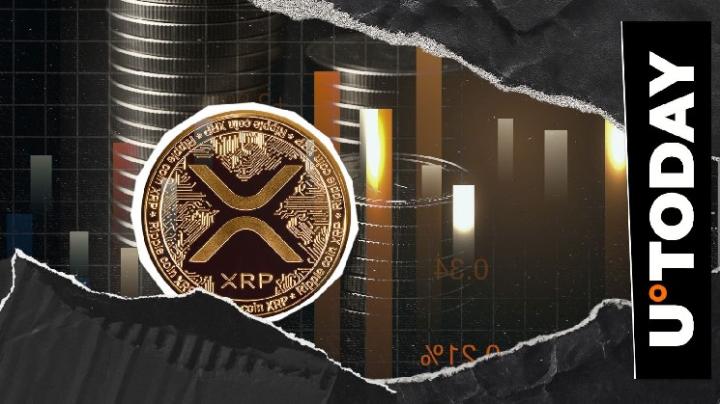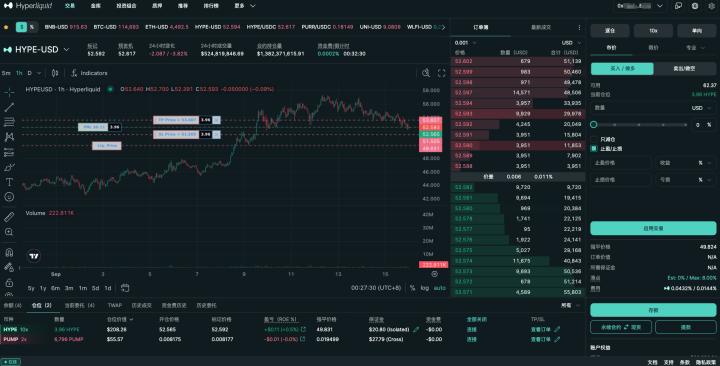
In every economic upheaval, the US Federal Reserve's (Fed) decision on interest rates is always closely watched by the market. However, what is important is not just whether the Fed raises or lowers interest rates, but the real meaning behind those moves . Misinterpreting the signals from the Fed can cause investors to make inaccurate decisions about the economic and market outlook.
1. Why interest rate cuts do not mean recovery but often come with recession
Historically (2001, 2008, 2020…), the Fed only started cutting interest rates when a recession had already begun or systemic risks became too obvious. The reason is that the Fed often waited until growth data, employment, and financial markets showed worrying signs before acting. In addition, monetary policy has a 6–18 month lag, so when the Fed cut interest rates, a recession had almost already begun. In other words, cutting interest rates is an admission that the economy is weakening, not a “medicine” to help it recover immediately.
2. Keep interest rates unchanged: a sign that the economy still has endurance
When the Fed stopped raising rates, it reflected confidence that the economy could still absorb the current interest rate. GDP growth was still positive, unemployment had not exploded, and domestic consumption had not fallen significantly. As Mr. Powell said at the meeting, this was a “wait and see” period for the Fed—not tightening further, but not yet needing to launch support measures. Holding rates steady is often XEM as a sign that the Fed believes the economy can have a “soft landing.”
3. Impact on fields and industries
- Beneficiary groups:
- Government bonds: falling yields cause bond prices to rise, becoming a safe haven.
- Defensive stocks: healthcare, utilities, consumer staples often hold up well during periods of uncertainty.
- Gold and other safe haven assets (like Bitcoin in some cases): when the opportunity cost of holding decreases and defensive sentiment increases, money flows to safe channels.
- Negatively affected groups:
- Banking – finance: Net interest margin (NIM) declines, bad debt tends to increase.
- Highly cyclical industries such as technology, autos, travel, and luxury goods are often under pressure when demand falls.
- Oil and industrial raw materials: demand falls as production and consumption shrink.
- Medium term (after the recession Dip): Real estate and growth stocks often bounce back strongly thanks to the benefits of prolonged low interest rates. Typically, the Big Tech group after the 2008 financial crisis, entered a long-term growth cycle.
Whether the Fed cuts or holds rates should not be seen as a single signal, but in the context of the economic cycle and policy lag . Holding rates steady implies the Fed believes in a “soft landing”, while cutting suggests the economy has weakened and the Fed is only limiting the damage. This reminds us that monetary policy cannot immediately reverse the economic cycle, but only Vai as a regulator to avoid a worse scenario. In other words, the signal from the Fed is a mirror of the health of the economy, not a magic tool that can change the cycle overnight .






